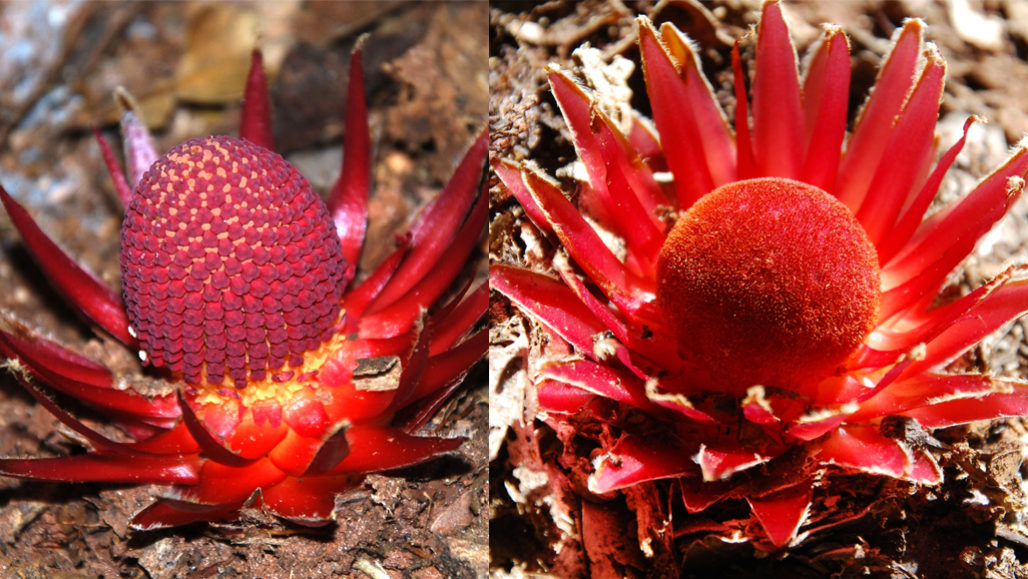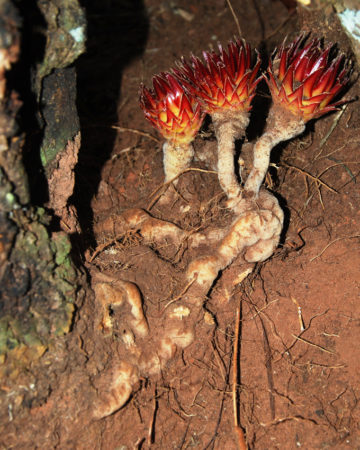beetle: An order of insects known as Coleoptera, containing at least 350,000 different species. Adults tend to have hard and/or horn-like “forewings” which cover the wings used for flight.
birds: Warm-blooded animals with wings that first showed up during the time of the dinosaurs. Birds are jacketed in feathers and produce young from the eggs they deposit in some sort of nest. Most birds fly, but throughout history there have been the occasional species that don’t.
bloom: (in microbiology) The rapid and largely uncontrolled growth of a species, such as algae in waterways enriched with nutrients.
coauthor: One of a group (two or more people) who together had prepared a written work, such as a book, report or research paper. Not all coauthors may have contributed equally.
ecologist: A scientist who works in a branch of biology that deals with the relations of organisms to one another and to their physical surroundings.
nectar: A sugary fluid secreted by plants, especially by flowers. It encourages pollination by insects and other animals. It is collected by bees to make into honey.
nutrition: (adj. nutritious) The healthful components (nutrients) in the diet — such as proteins, fats, vitamins and minerals — that the body uses to grow and to fuel its processes. A scientist who works in this field is known as a nutritionist.
parasite: An organism that gets benefits from another species, called a host, but doesn’t provide that host any benefits. Classic examples of parasites include ticks, fleas and tapeworms.
pollinator: Something that carries pollen, a plant’s male reproductive cells, to the female parts of a flower, allowing fertilization. Many pollinators are insects such as bees.
savanna: A grassland sometimes also populated with trees. Most are fairly dry for part or much of the year.
sex: An animal’s biological [A living creature’s status for taking a role in reproduction}, typically male or female. There are a number of indicators of biological sex, including sex chromosomes, gonads, internal reproductive organs, and external genitals. It can also be a term for some system of mating between male and female animals such that each parent organism contributes genes to the potential offspring, usually through the fertilization of an egg cell by a sperm cell.
species: A group of similar organisms capable of producing offspring that can survive and reproduce.









